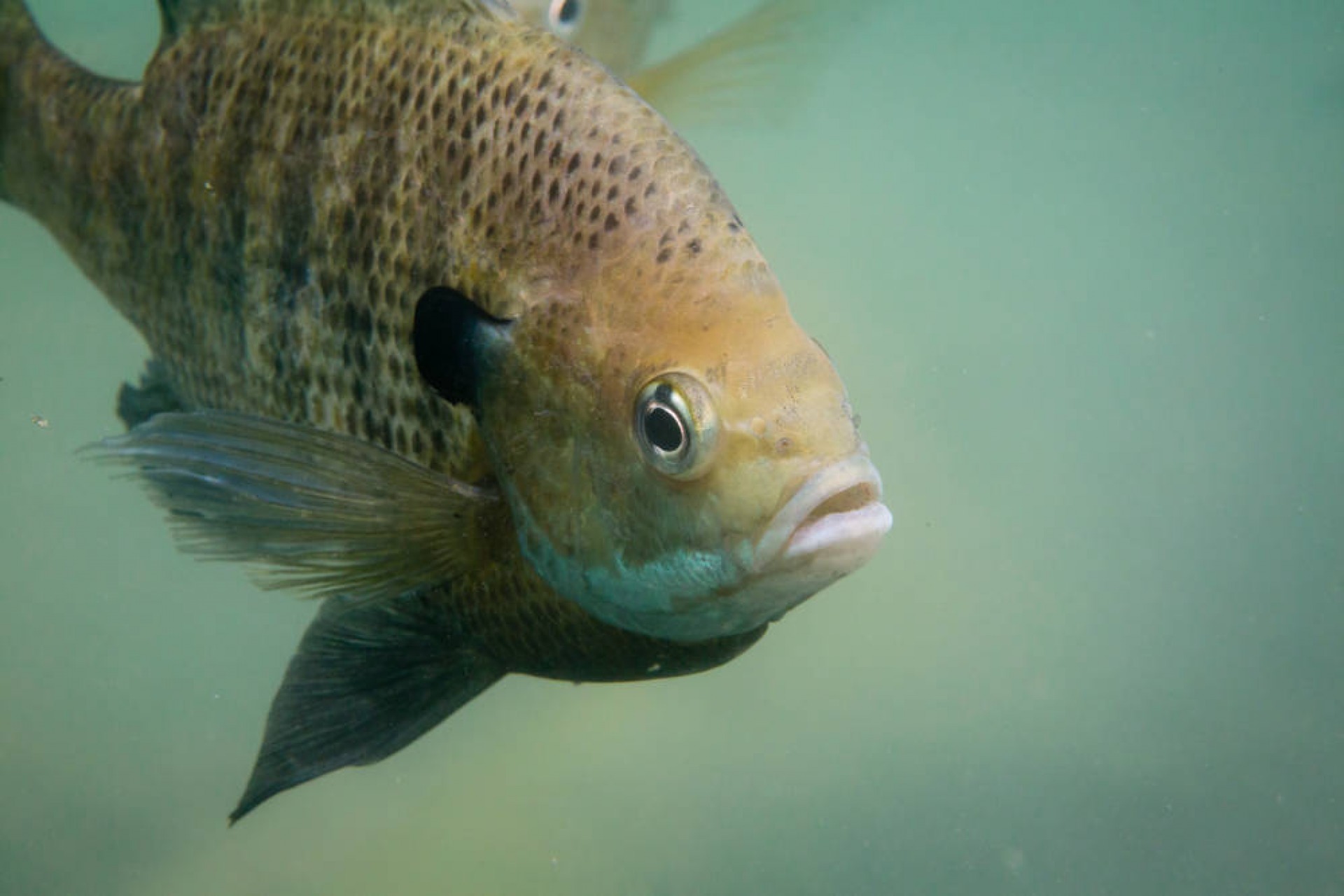These popular topics are heating up. Explore today's most viewed pages.
Bluegill are found in nearly all bodies of water in Iowa making them one of the most commonly caught fish in our state. They are members sunfish family & are native to waters east of the Rocky Mountains but have been introduced to waters throughout North America. Here are four fun facts to help you get to know these native fish.

They are bigger than you think!
A lot of us probably grew up catching small bluegill during our outings to area ponds & lakes but did you know that they can grow up to 12 inches long? Most of us will never see one larger than 8 inches long but according to the Iowa Department of Natural Resources the state record bluegill was 12.88 inches long & weighed in at a whopping 3 pounds 2 ounces.
They really do have blue gills.
They are very colorful. Their bodies are green, gray, & brown with yellow/orange bellies. Their name comes from the bright blue coloring along their chin & gills.
They have a varied diet.
Young bluegills eat zooplankton but switch to larger insects when they mature. They have small mouths so they are limited to smaller sized food but that doesn't limit their diet. Insects make up the bulk of their diet but they also eat fish eggs, snails, other small fish, & even crayfish. They will also eat algae & other plants when food is scarce.
Spring & early summer are the best times to catch them.
They spawn in the warm weather & this moves them into the shallows making them easy to hook. After spawning season is over try deeper water, over 10 feet, or head to places with submerged logs or aquatic plants.
Interested in fishing for bluegill? Here are some great tips from the Iowa Department of Natural Resources to help you in your quest.